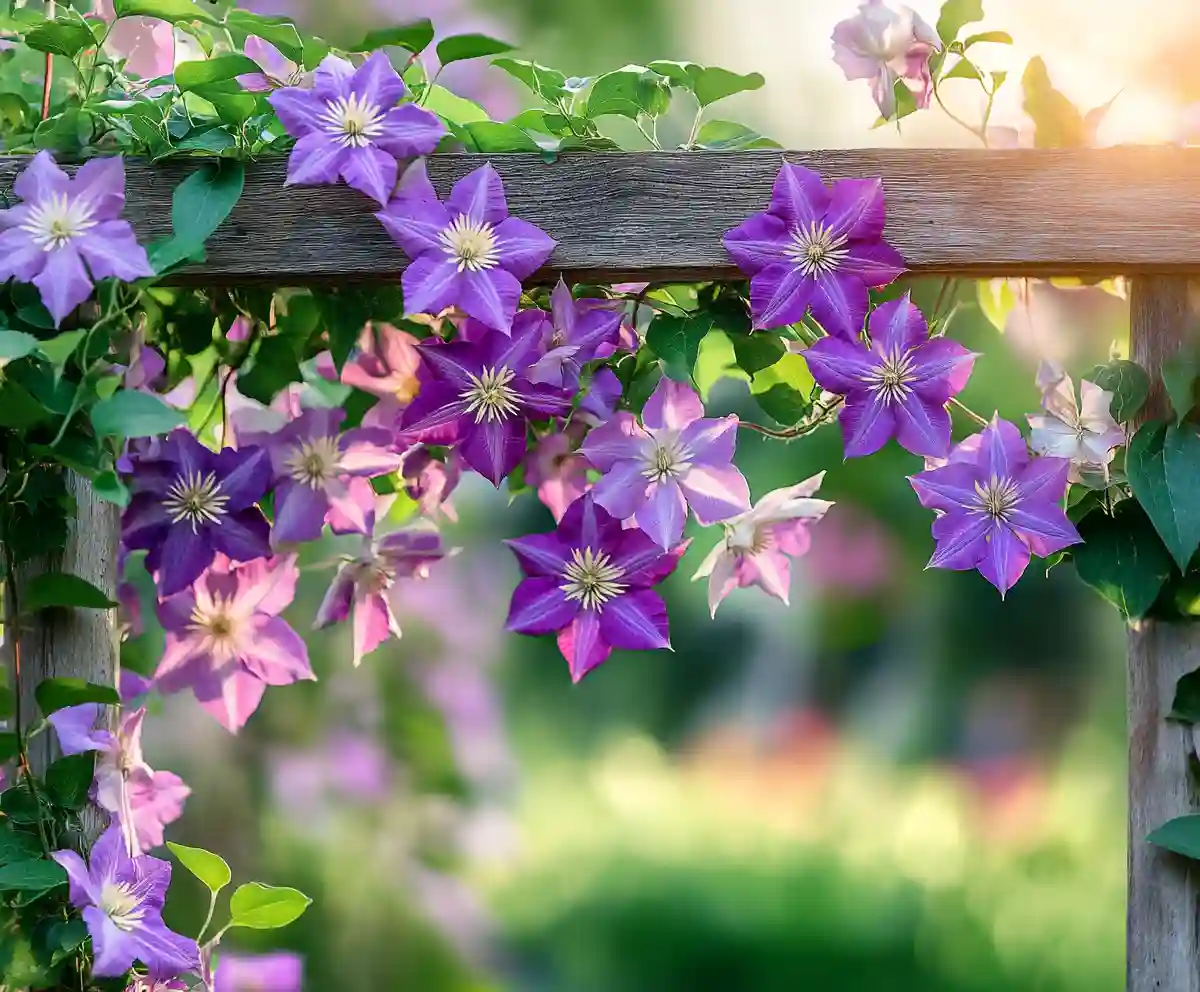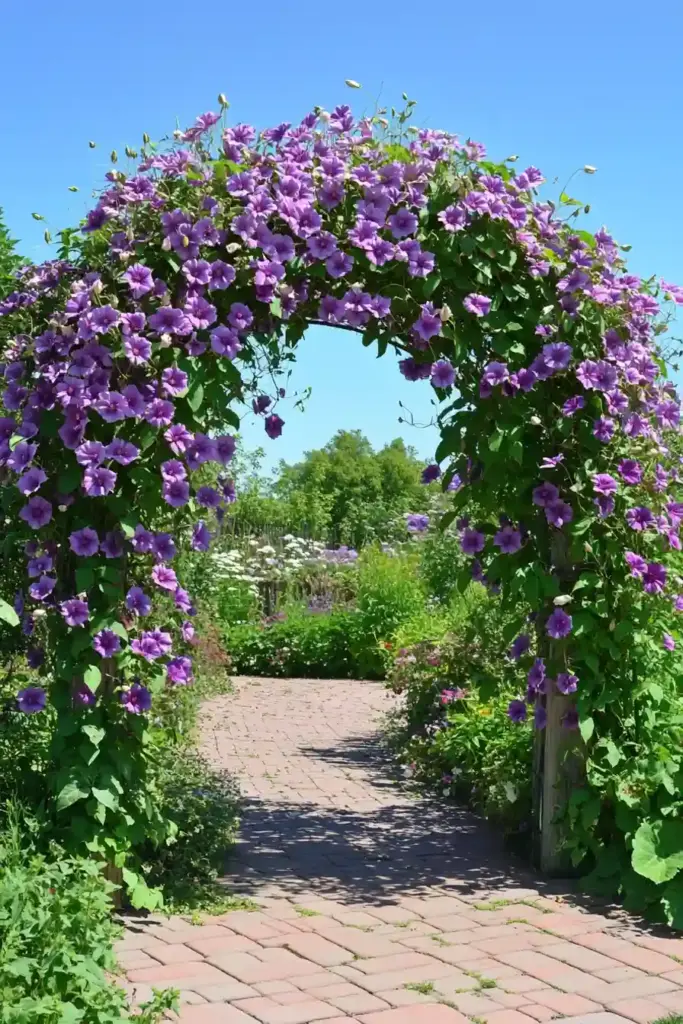Clematis is one of the most captivating climbing flowers you can add to your garden. With its vibrant colors and stunning blooms, it’s a favorite among both beginner and seasoned gardeners. If you’ve been wondering how to grow and care for clematis, you’re in the right place. With just a few essential tips, you’ll find this vine is more forgiving and rewarding than you might expect. Let’s break it all down so you can enjoy a thriving clematis in your garden for years to come.
The Golden Rule: Sun on Top, Shade at the Bottom
When it comes to learning how to grow and care for clematis, there’s one golden rule every gardener should remember: “Head in the sun, feet in the shade.” This clever phrase sums up one of the most important growing conditions for a healthy clematis.
Clematis loves sunshine — most varieties need at least six hours of direct sunlight per day to bloom their best. But here’s the twist: while the vines and flowers crave the light, the roots prefer to stay cool and shaded.
How to Keep Roots Cool and Happy

To protect the root zone and encourage healthy growth, here are a few easy tricks:
- Add mulch: A 2- to 3-inch layer of organic mulch helps insulate the roots, keep moisture in, and regulate soil temperature.
- Plant low-growing companions: Use small annuals or perennials (like hostas or creeping Jenny) to naturally shade the base.
- Use decorative stones: Strategically placed stones around the root area can also block the sun while adding visual interest.
This balance — warm sun up top, cool shade below — helps clematis thrive and minimizes stress on the plant.
Watering Tips for Thriving Clematis
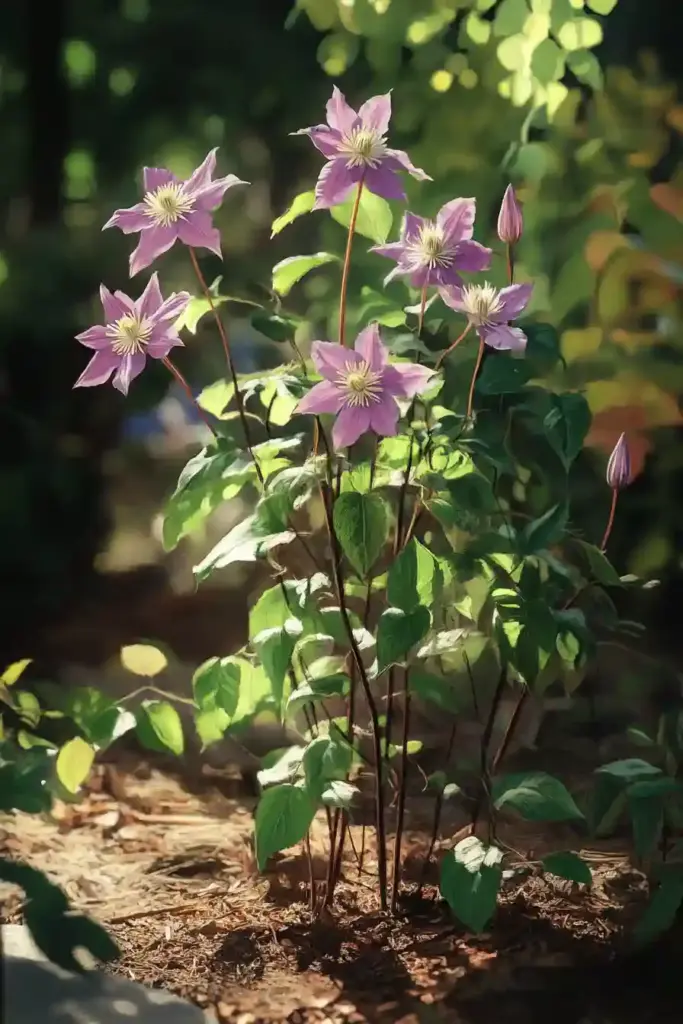
Another key to mastering how to grow and care for clematis is understanding its watering needs. Clematis plants develop deep, extensive root systems, which means they benefit most from deep, consistent watering — not quick, shallow sprinkles.
How Much and How Often to Water
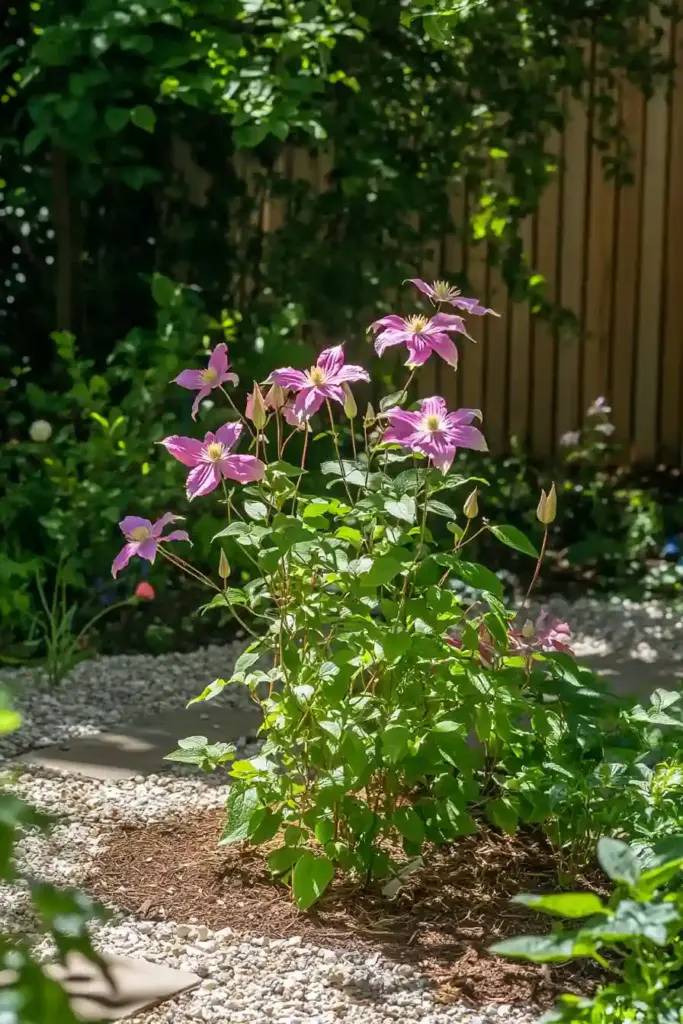
- During the first growing season: Aim to water deeply once a week, especially during dry spells. This helps establish strong roots, which are the foundation of a vigorous plant.
- Mature clematis plants: Once established, clematis becomes more drought-tolerant. Still, a deep soak during hot, dry periods will keep it blooming beautifully.
- Watch for signs of stress: Drooping foliage or stunted growth may be a sign of either too little or too much water. Always check the soil — it should feel moist but not soggy.
Best Practices for Watering
- Water early in the day to reduce evaporation and give roots time to absorb moisture.
- Avoid watering from above; instead, water at the base of the plant to keep leaves dry and prevent disease.
- Consider using a soaker hose or drip irrigation to deliver water slowly and evenly to the roots.
With proper watering — especially in that crucial first year — your clematis will reward you with lush growth and vibrant blooms season after season.
Final Thoughts: Grow with Confidence
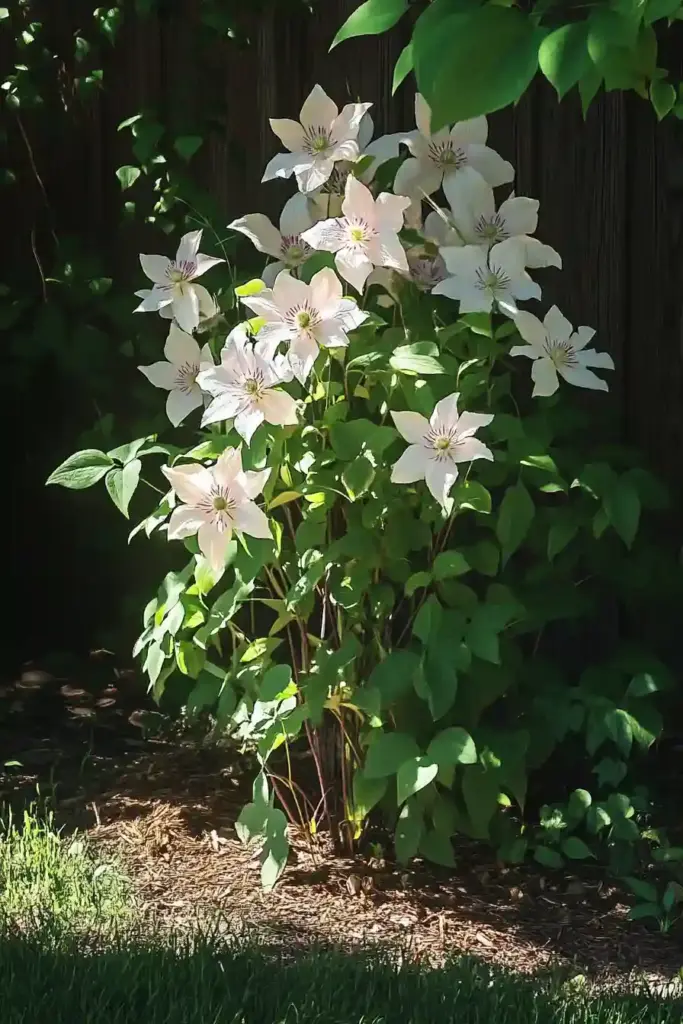
Now that you know how to grow and care for clematis, you’re ready to transform your garden with this stunning climber. Just remember the basics: sunny tops, shaded roots, deep watering, and a little patience — especially in the first year. Clematis may take some time to get established, but once it does, you’ll be rewarded with a spectacular show of blooms every season.
Whether you’re training it over a trellis, letting it ramble through shrubs, or creating a romantic archway, clematis brings a touch of elegance to any outdoor space. Happy growing!
🌿 Love gardening inspiration? Follow me on Pinterest for bold plant ideas, tips, and seasonal color!
More Posts
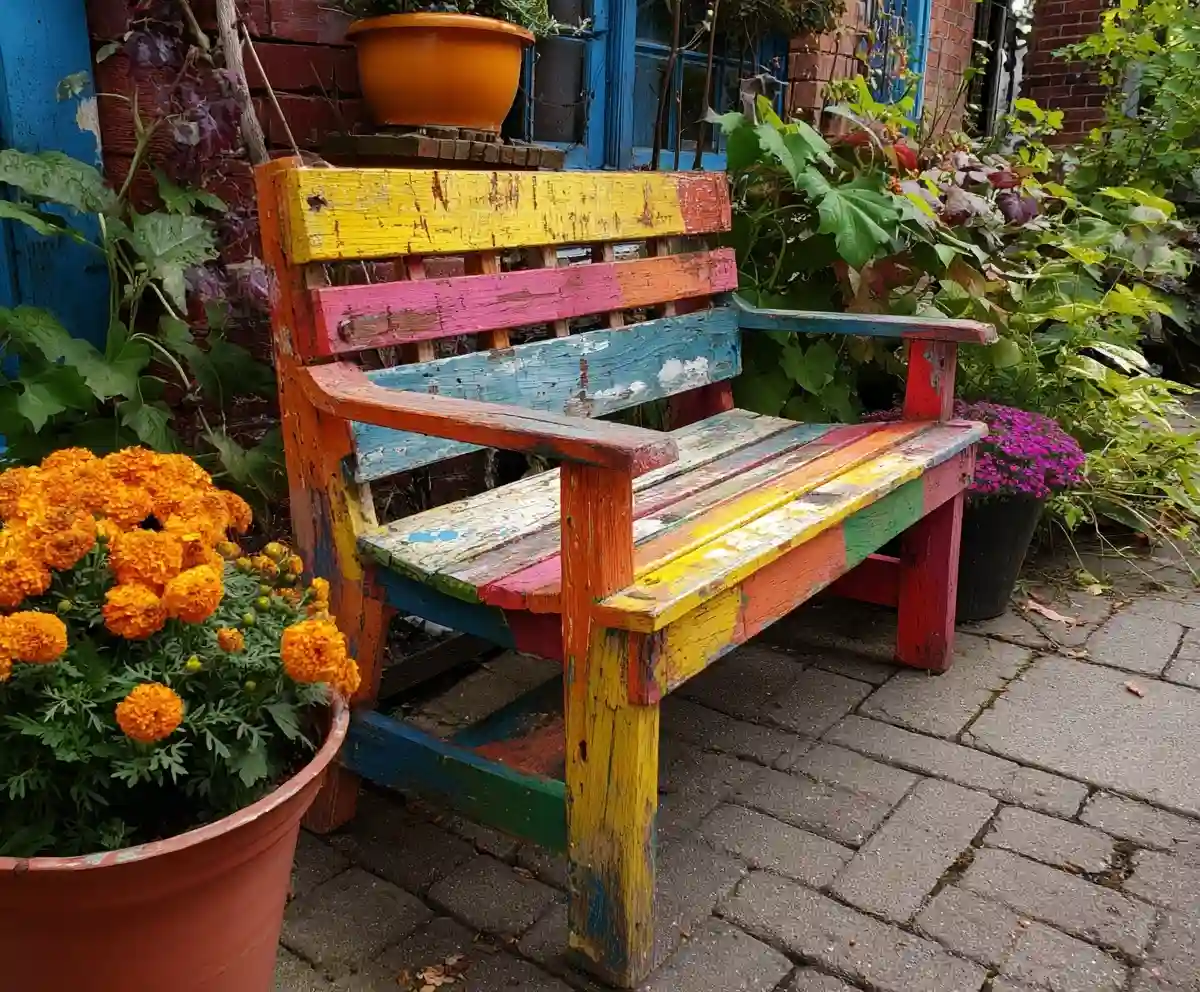
19+ Budget-Friendly Backyard Makeover Ideas
Backyard makeover ideas can turn even the most ordinary outdoor space into a warm, inviting retreat—without draining your wallet.
Read More →
21 Stunning & Simple DIY Clematis Trellis Designs
DIY clematis trellis designs are a beautiful way to blend creativity with function in your garden.
Read More →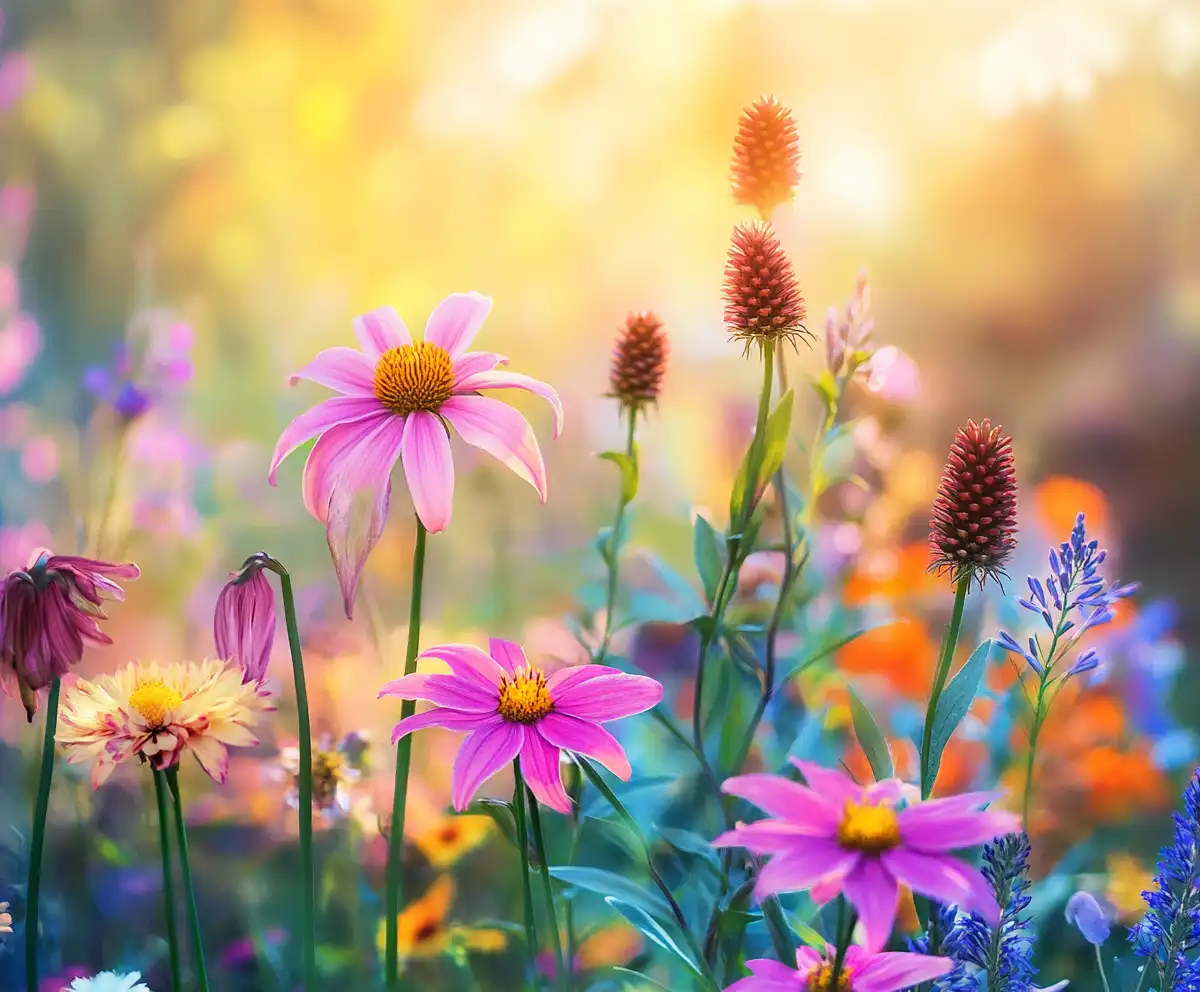
12 Full Sun Perennials That Bloom All Summer
Explore a selection of hardy perennials that flourish and bloom beautifully in full sun throughout the summer.
Read More →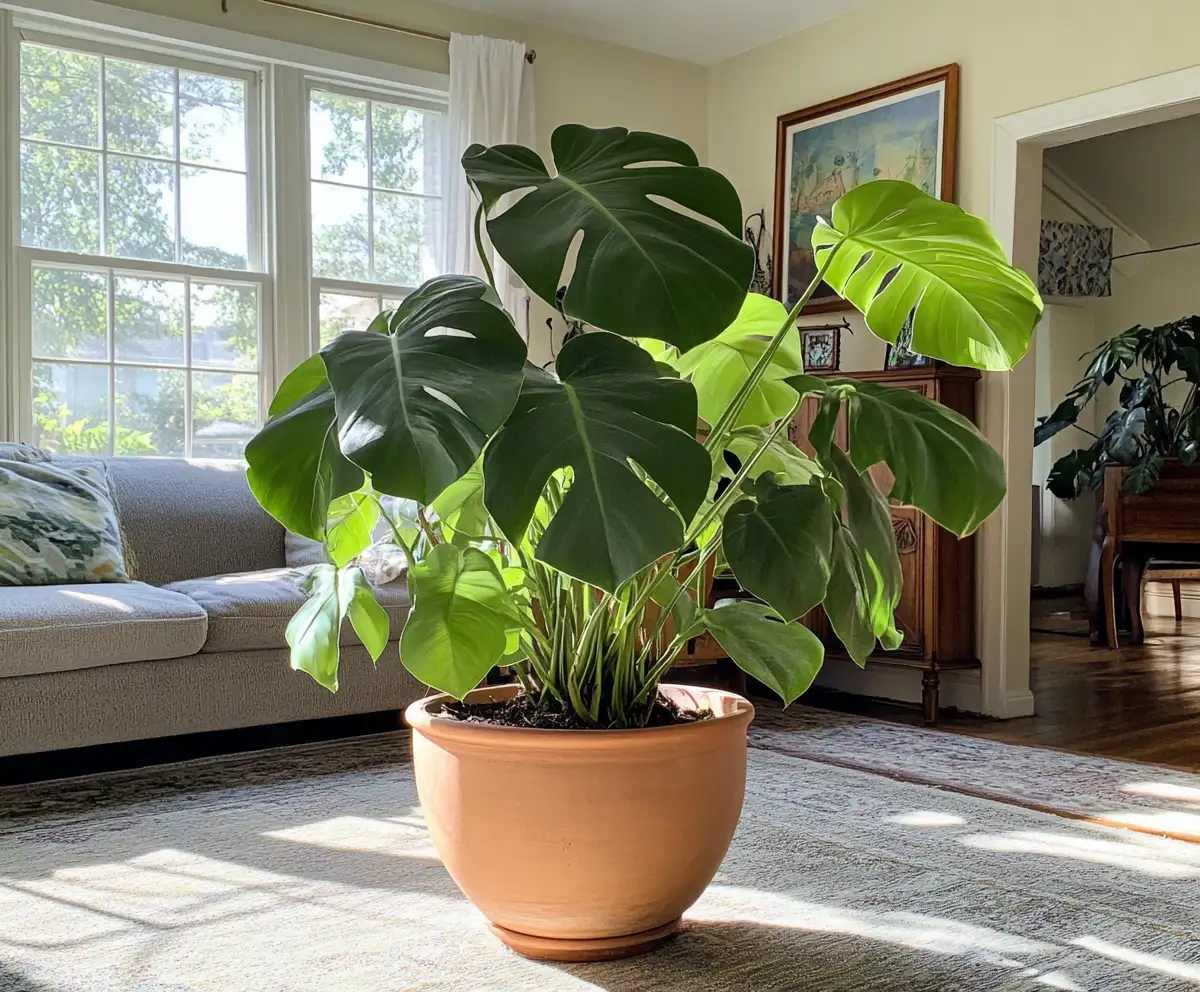
Houseplants for Living Room
Find the perfect houseplants to brighten and purify your living room while adding a touch of nature indoors.
Read More →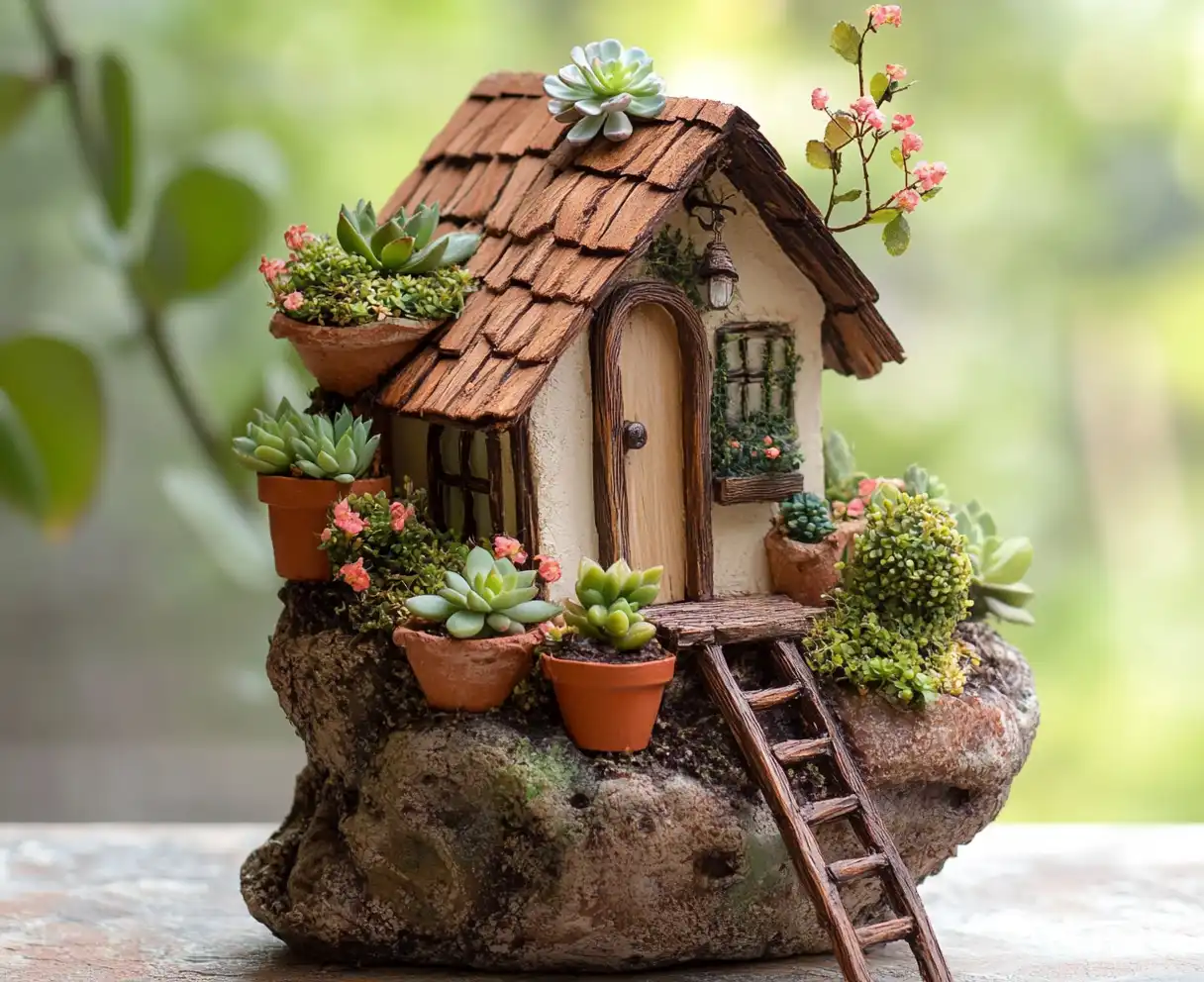
Backyard Play Area for Kids
Create a fun and safe backyard play area for kids with these inspiring design ideas and tips.
Read More →
Top Privacy Trees
Discover top tree varieties that provide natural privacy and enhance your outdoor space.
Read More →
